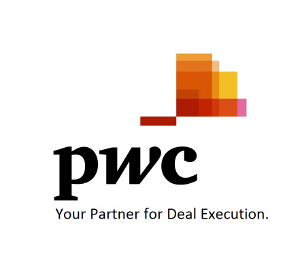Moving Solar Beyond 1603 – There Are Alternatives
19 january 2013
The 1603 Federal Grant Program is dead. Fine, so let’s all move on because PV solar is here to stay and will be a critical component of our economic growth and environmental health.
The 1603 Grant allowed for the monetization of the 30% ITC (investment tax credit), encouraging relatively simple and efficient third party finance models. The models allowed for the transfer of the up-front capital costs to an entity with greater access to capital, a lower cost of capital, or greater ability to utilize tax specific incentives and has been critical to commercial and industrial (C&I) customers adopting solar technology. The expiration of 1603 Grant at the end of 2011 has left these customers with little to no way to monetize the ITC, all but bringing this segment of the market to a standstill as developers and customers search for alternative financing structures that must now include a more complex tax equity component.
Without a new approach the C&I market will be left to self-funding. This will make solar available to the few profitable and brave companies or institutions (those able to monetize the tax benefits) that are willing to take on the challenge of financing, managing and maintaining their own systems over 20 plus years. As history has shown there are relatively few willing participants in this market structure and the sales cycle is long and uncertain.
But all is not lost. Committed renewable energy companies are working with C&I customers to create new models to provide continued access to third party capital. The smaller scale of C&I projects will require the pooling of multiple systems with similar characteristics or a portfolio approach to access meaningful investment capital. Some of the characteristics that will make this possible are:
* Standardization of Documents: Project documentation and varying credit quality are two of the greatest limiters of the C&I market in a non-1603 grant environment. The ability to produce and use a set of repeatable documents will greatly reduce the transaction cost and the time needed for investor review and approval.
* Utilizing a Single EPC Provider: Quality design and installation and a firm financially capable of providing real installation warrantees will be required to access larger sums of capital and debt to allow for efficient and reliable financing solutions in this market. This will require larger, more financially sound EPC providers or the continued consolidation of smaller firms. Either way the risk of poor design and installation will need to be minimized.
* Utilizing a Single O&M Provider: The long-term nature of these assets will require professional and guaranteed maintenance from a firm that can stand behind each project and ensure the highest quality of ongoing operations. Large-scale O&M providers will in essence protect the power generation and cash flow of a system backed by institutional investors. This will require higher quality components with long-term bankable warranties.
* Providing a Bankable Production Guarantee: Different production profiles will add complexity to the predictability of cash flows and will have a profound effect on the availability and cost of project level debt. A meaningful production guarantee from the O&M provider or a credible third party will help to reduce financing costs and streamline the approval process.
This pooling or portfolio approach for C&I projects will provide similar characteristics to utility scale investors with the added benefit of diversification. Achieving the above will not be easy but for those who can deliver on this type of model the benefits of a more streamlined, professional and institutional solar market await.

Recent Comments